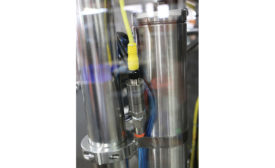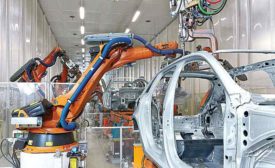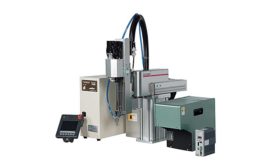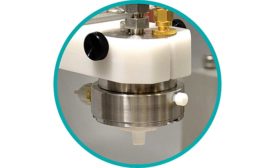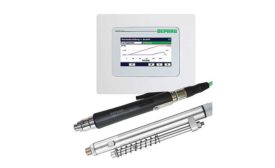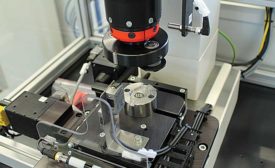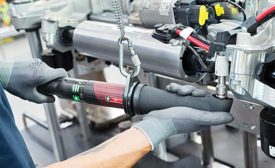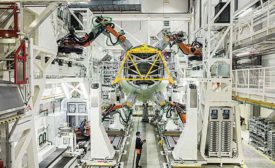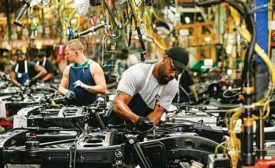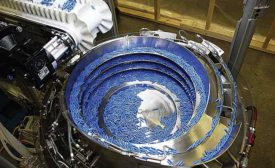Home » assembly machine
Articles Tagged with ''assembly machine''
Many types of older assembly equipment can be IIoT-enabled quickly, easily and cost-effectively
Read More
Welding in the Age of Industry 4.0
IIoT technologies offer several ways to improve the quality of manual, robotic and automated welding
May 15, 2020
Threaded Fasteners for Plastics Assembly
Here are some tips, tricks and suggestions for using threaded fasteners to assemble plastic parts
April 7, 2020
New Process Welds Clear Plastic Parts
Clear polymer materials can be successfully bonded with a new process that combines simultaneous through-transmission infrared laser welding with precision ultrasonic spray deposition technology
April 6, 2020
New Technology for Automatic Screwdriving
Collaborative robots are among the latest products for automatic screwdriving
February 5, 2020
Roller Forming for Cylindrical Assemblies
The Roller Forming Process Forms a Curl or Lip on the Edge or Rim of a Hollow, Cylindrical Part
January 8, 2020
ASSEMBLY Capital Spending Report 2019: Manufacturers Continue to Invest in Technology
Despite some headwinds, manufacturers will continue to invest in assembly technology
December 9, 2019
Never miss the latest news and trends driving the manufacturing industry
Stay in the know on the latest assembly trends.
JOIN TODAY!Copyright ©2024. All Rights Reserved BNP Media.
Design, CMS, Hosting & Web Development :: ePublishing
